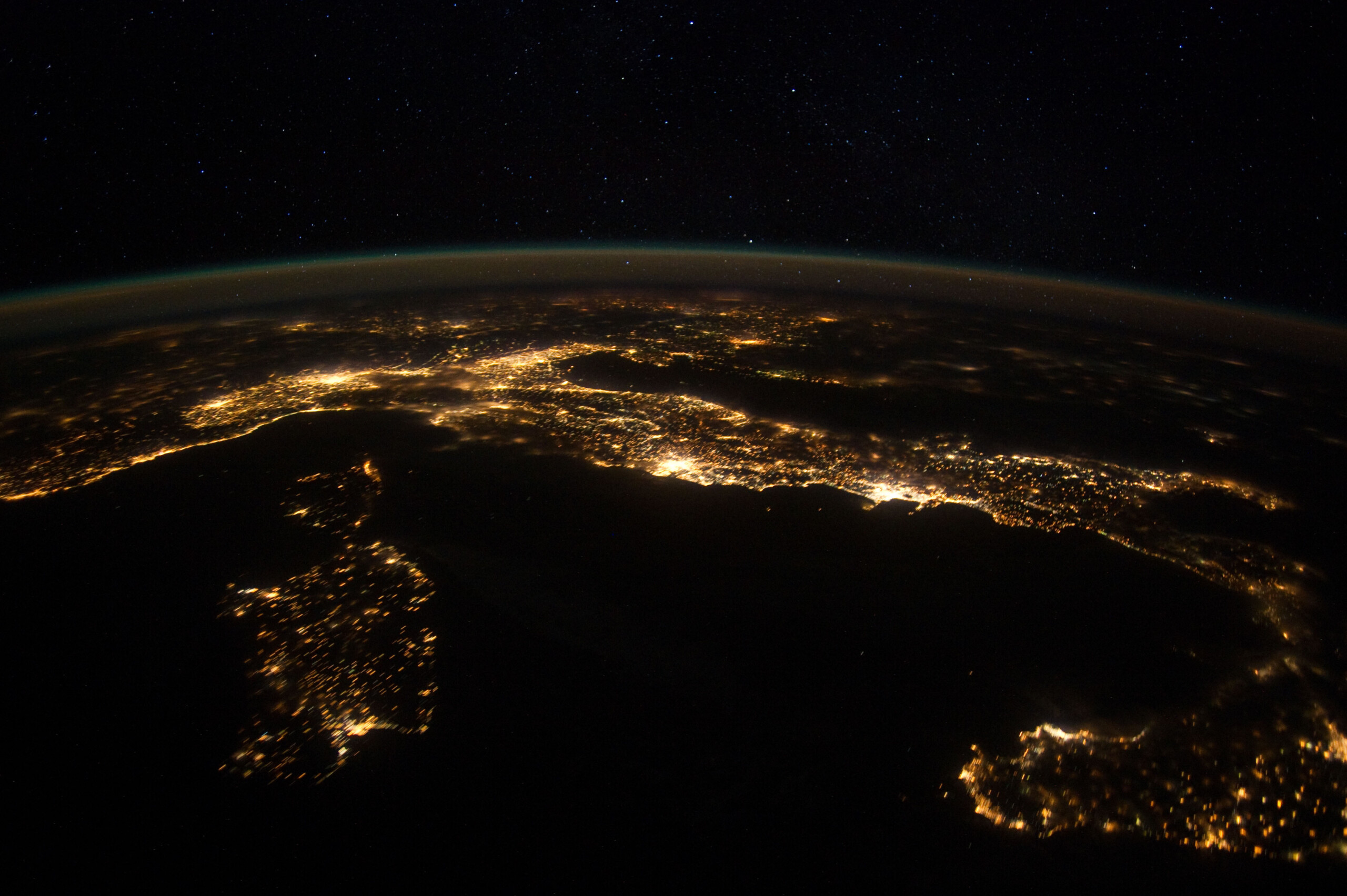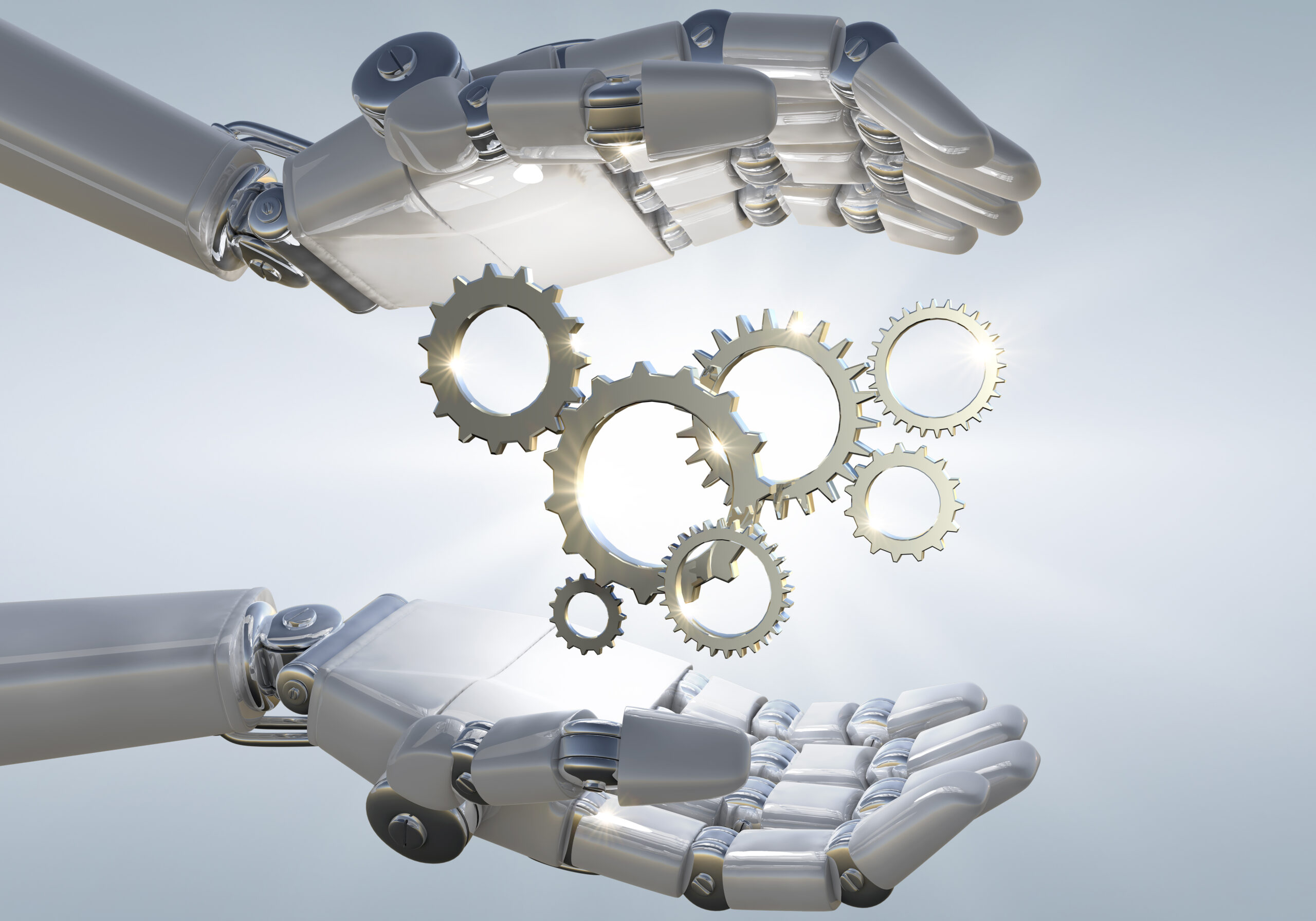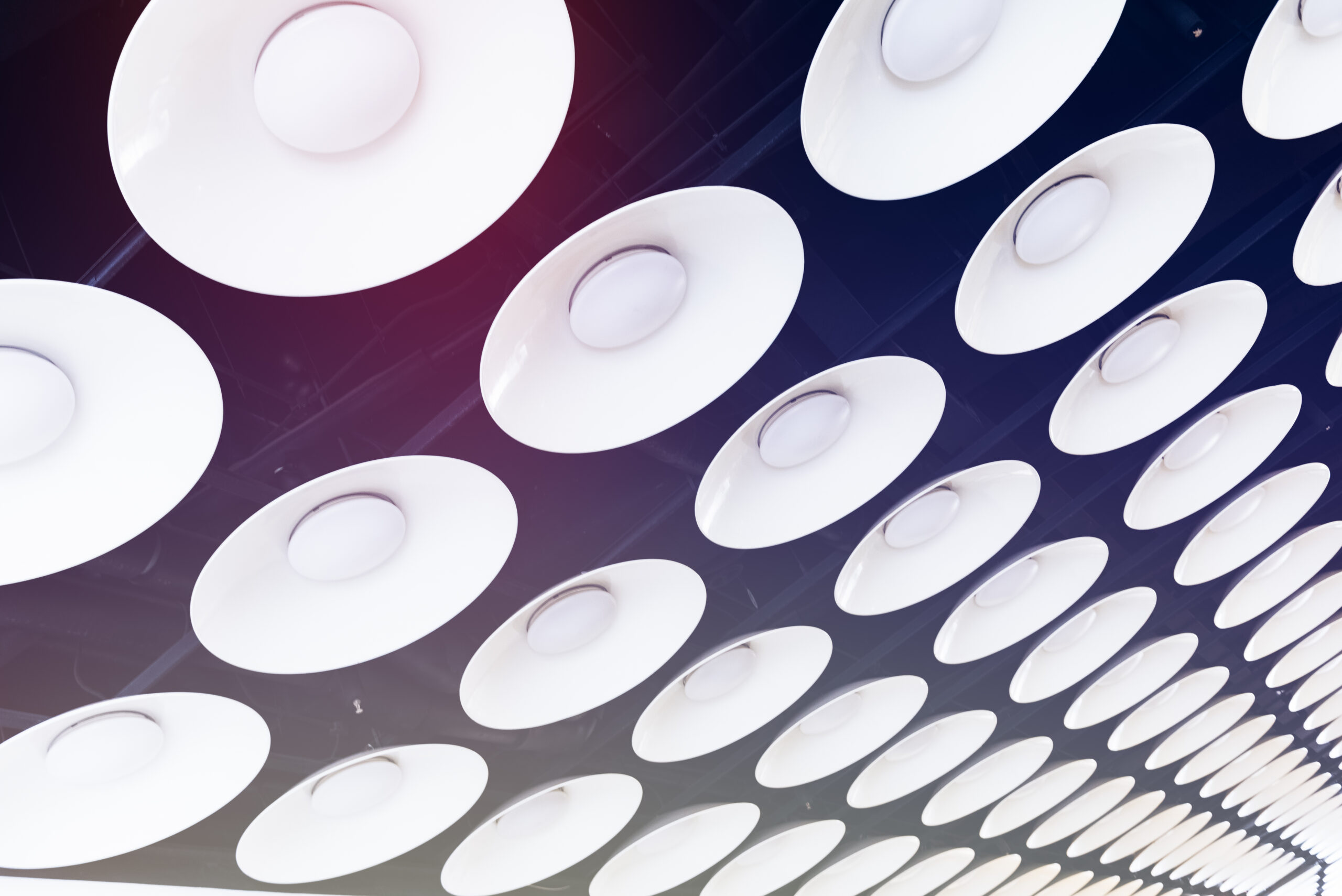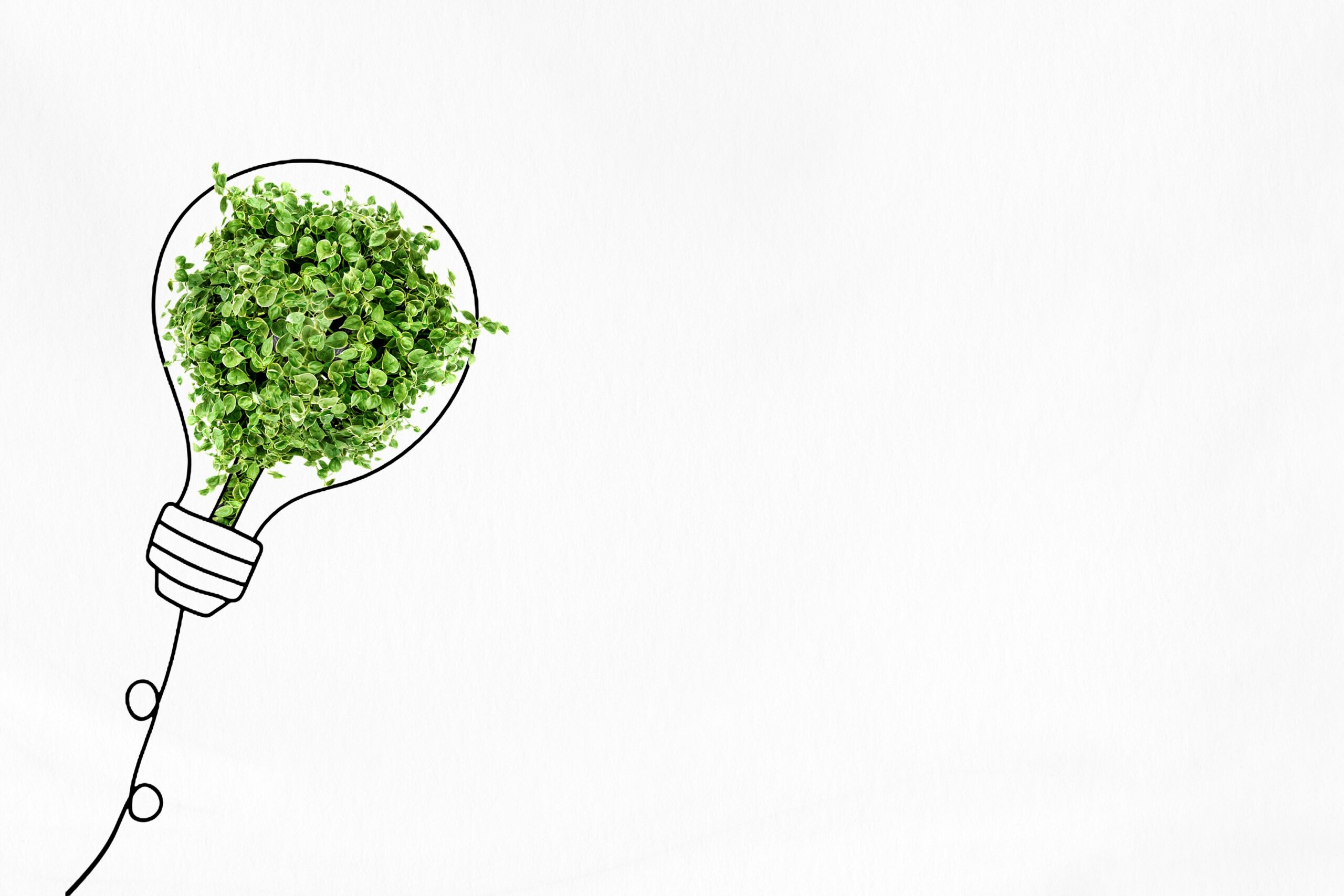
Italy and light pollution
In many areas of the Earth, light pollution, the alteration of the natural amount of light present at night due to artificial light inputs, has reached worrying levels.
Among the G20 countries, Italy, together with South Korea, is the country most disfigured by the phenomenon and in the future the global situation may even worsen.
The problem has obvious repercussions on humans and their health: glare, alteration of circadian rhythms, possible damage to eye tissue, myopia and alterations in certain hormones including melatonin and cortisol. In addition, because of the intrusive light from the streets and neighbouring homes, annoyances such as insomnia and irritability arise.
The human species is not the only one threatened by light pollution: the recent study 'Light pollution is a driver of insect declines' highlighted the myriad ways in which artificial light alters the living environment of insects, rendering them unable to perform essential biological functions.
What to do in this context?
Adequate regulation, the ad hoc upgrading of public lighting, but also daily lifestyles, are indispensable factors for improving the situation, of which there is now at least greater awareness in the more industrialised world. The conquest of a sustainable future also passes through the vision of a starry sky, dreaming of a rediscovered harmony between man and nature. Sources: gse.itCategories
News
Publication date
8 June 2022
Reading time
1 minutes







